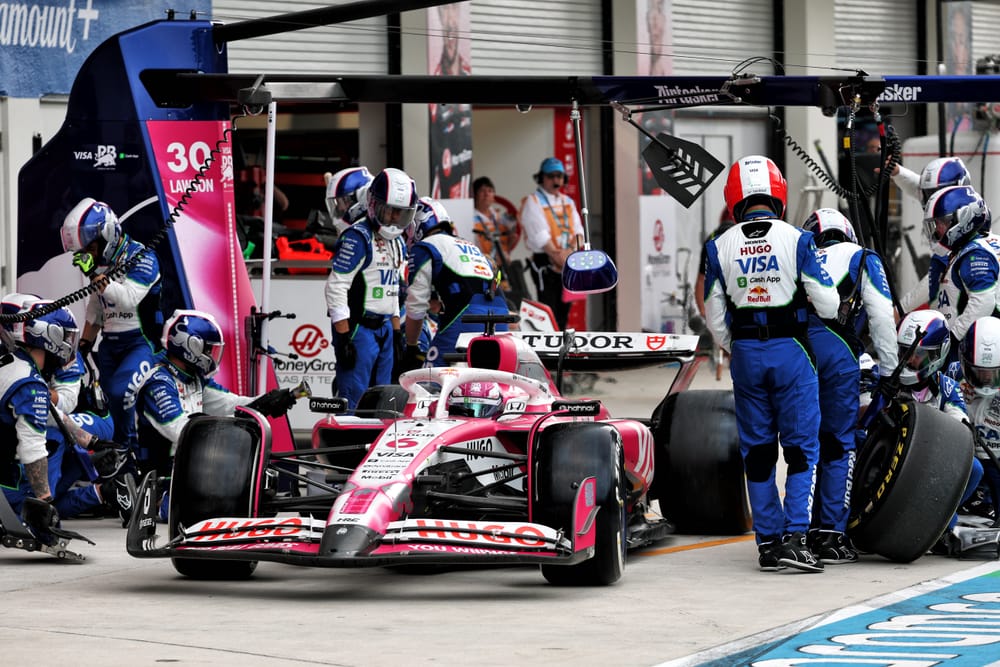With the longest pitlane in Formula 1 providing a deterrent for stopping, and a lack of overtaking opportunities meaning you don’t want to get trapped in traffic, Imola has a one-stop strategy written all over it.
And yet, as F1 faces a battle this season to deliver more action on the tyre change front, this weekend’s Emilia Romagna Grand Prix could well prove critical in dictating how the rest of the year will play out from a spectacle point of view.
With Pirelli bringing the softest possible combination of tyres it can - including its extreme C6 for the first time - if this weekend does not throw up some strategy surprises, then it will likely prompt the need for a fresh approach to how to spice up the action later in the campaign.
Getting to this point
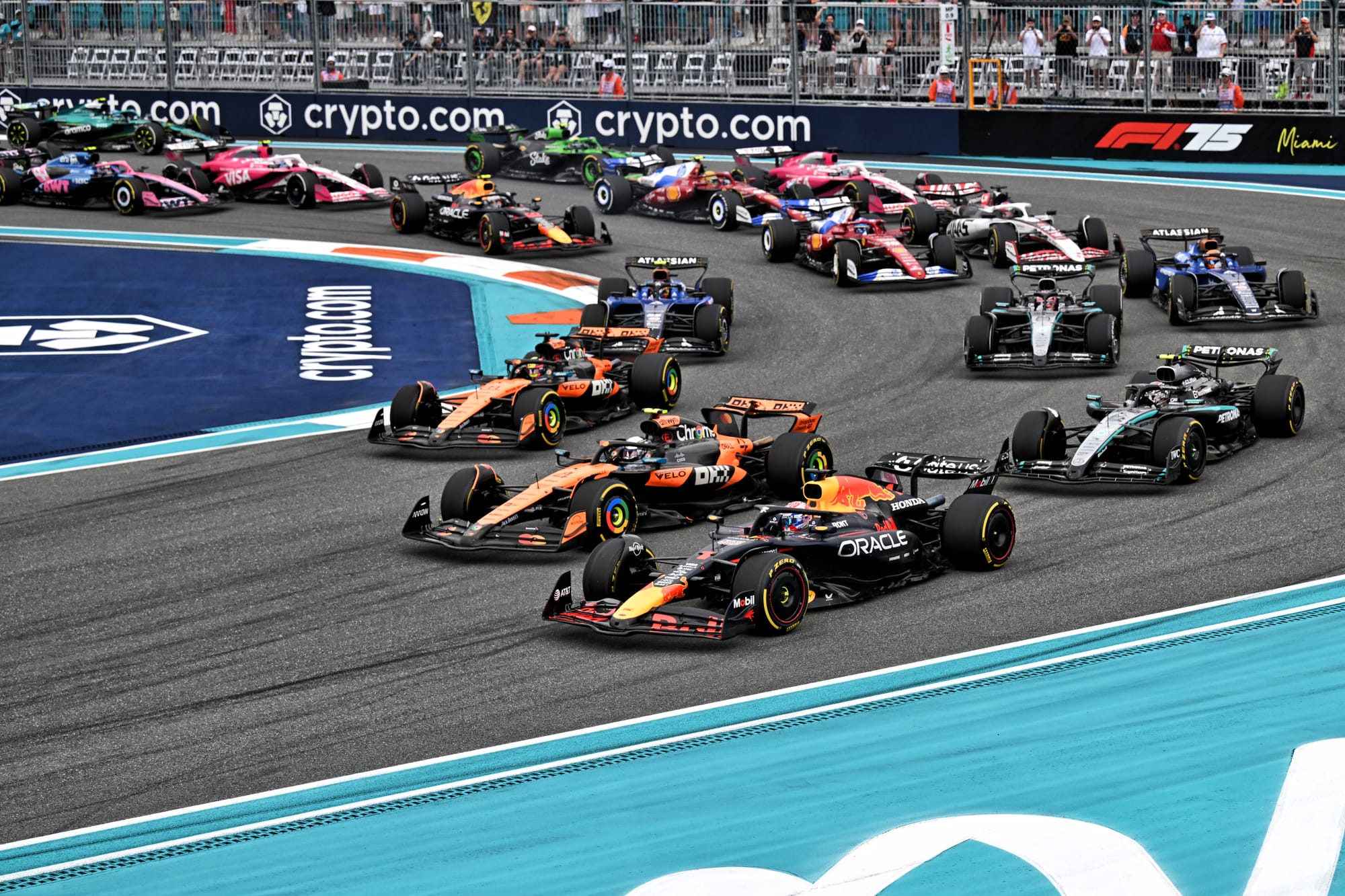
A combination of more durable 2025 tyres, allied to cars that slide less, plus improved understanding from teams on degradation management, has helped the one-stop become the norm rather than the exception this year.
Only Australia (because of the weather) and Bahrain (because its track surface is so abrasive) bucked the trend in producing grands prix where having more than one-stop was the best route to victory.
And this comes despite F1 tyre supplier Pirelli’s best efforts in bringing softer and softer compounds to try to make things more marginal and hit a target that has long been agreed with the FIA for races to be two-stoppers.
Exclusive content, ad-free listening, questions for our F1 podcast - join The Race Members Club here and get 75% off in May
F1 is well aware that if it does nothing, then based on what we have seen so far this season, most races will turn into one-stoppers (apart from Monaco where two stops are now mandatory).
It is why the FIA is ready to lift the pitlane speed limit at selected events later this year to help reduce the time it takes to do a tyre change, and why Imola will actually provide some answers about the approach Pirelli is going to have to take to deliver what is wanted.
In a move that was probably not intended when it first began working on its ultra-aggressive C6 compound last season - as it was originally aimed for street tracks - Pirelli is bringing it here to see how that shakes things up.
The fact that Imola’s characteristics (with its tight track layout and 548 metre-long pitlane) work directly against wanting to do a two-stop, seeing how much the softest compounds could force that route will be fascinating to see.
That is especially true because the C6 will almost certainly not be an ideal choice for the race and could even require some management for a single lap in qualifying if the temperatures are hot.
As Pirelli motorsport director Mario Isola said: “For Imola it is quite an aggressive choice, because it was designed for street circuits or low severity circuits. And Imola is not so low. It is on the low side, but it's not as low as a street circuit like Monaco.”
The next response?
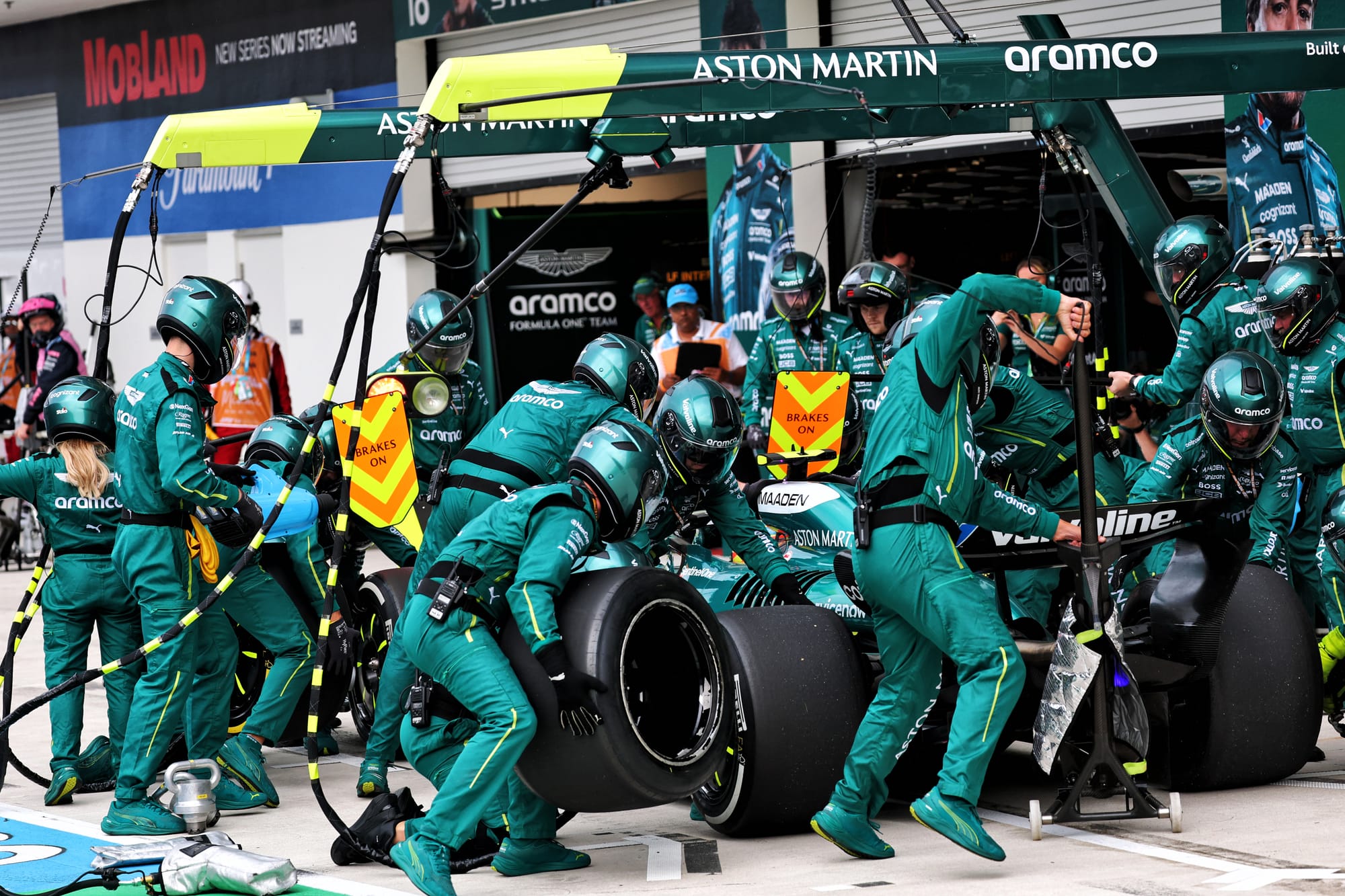
The idea is clear that pushing teams onto the C5 and C4 for the Imola race will hopefully encourage some to roll the dice and go for an extra stop if degradation proves too high.
But if it doesn’t, and it is an extreme tyre management afternoon as drivers look to avoid needing to make an extra tyre change, then that will likely open up the need to go a different route to engineer two-stops later in the campaign.
Pirelli has already locked in its tyre choices for the next run of races – taking the C4/C5/C6 combination to Monaco and Canada, with its hardest selection of C1/C2/C3 the right choice for the challenging Barcelona circuit that is in the middle of the above two events.
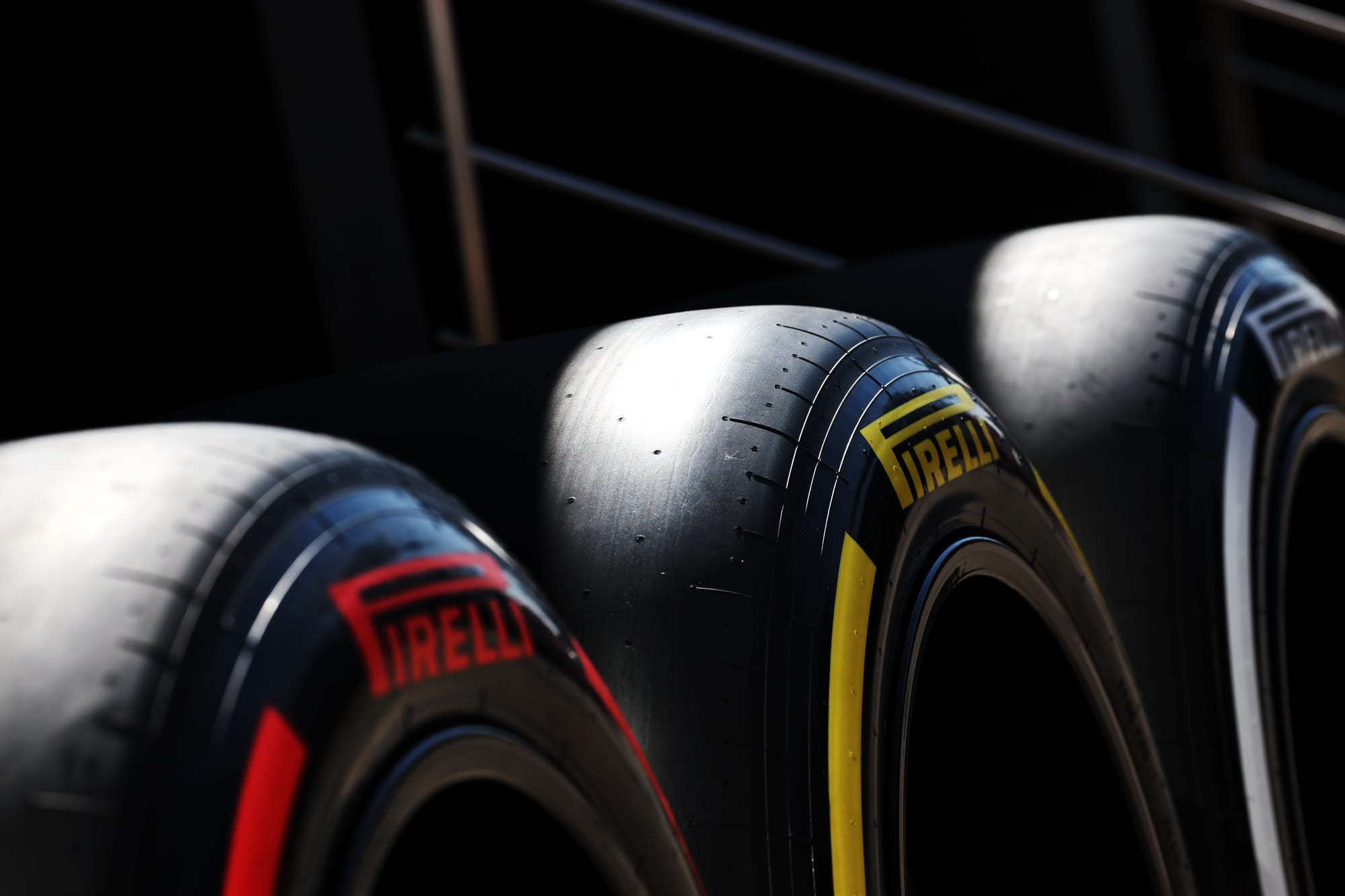
Should going as soft as possible not be enough in pushing teams into two stops, then the most likely next hope after that will be to space out the compounds more.
The idea will be to choose a hard compound which does not deliver optimal performance, therefore leaving teams having to juggle the extra loss of lap time from the hard versus the gains from not needing an extra stop to ditch those hards for something softer.
Pirelli does not currently think that is definitely the direction that it needs to head in, but Imola will deliver some answers if just going as soft as possible is enough by itself.
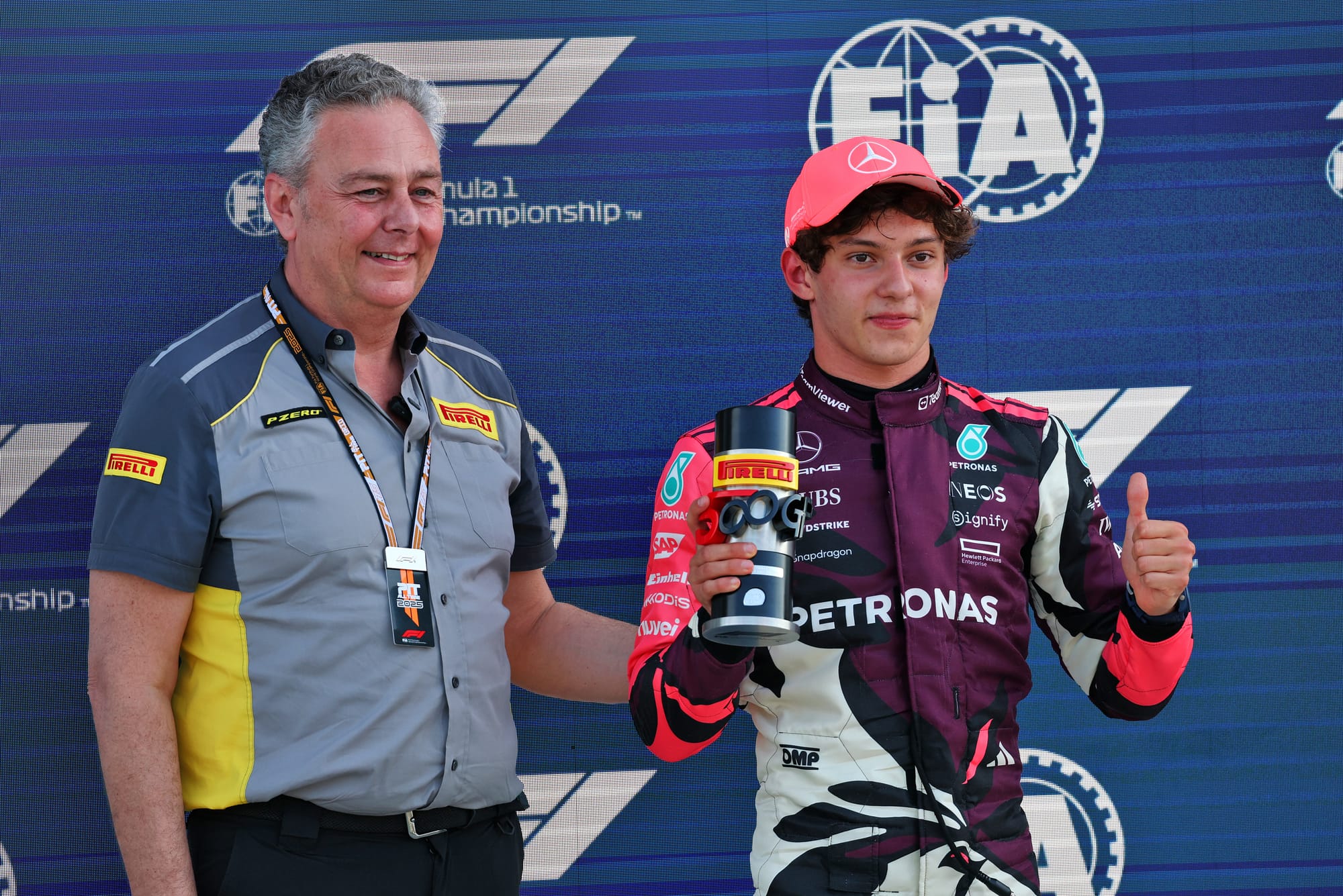
“I want to wait for Imola to understand how the C6 is working in a situation that is closer to race conditions," added Isola.
“I don’t want to say tests are not a real representation of performance, but it is only during a race weekend you can get some better data on how a tyre performs.
“When we get the answers from Imola, we can try to simulate some other races to see if skipping one level works. For example, between the C3 and C4, the delta lap time is quite close. So maybe for some races we can consider the C2, the C4 and C5.
“It would mean that if you want to go on a one-stop with the C2 and C4, then the C2 is obviously slower and you will not have the same kind of advantage as you do when we nominate the C3, C4 and C5.”
The never-ending cycle
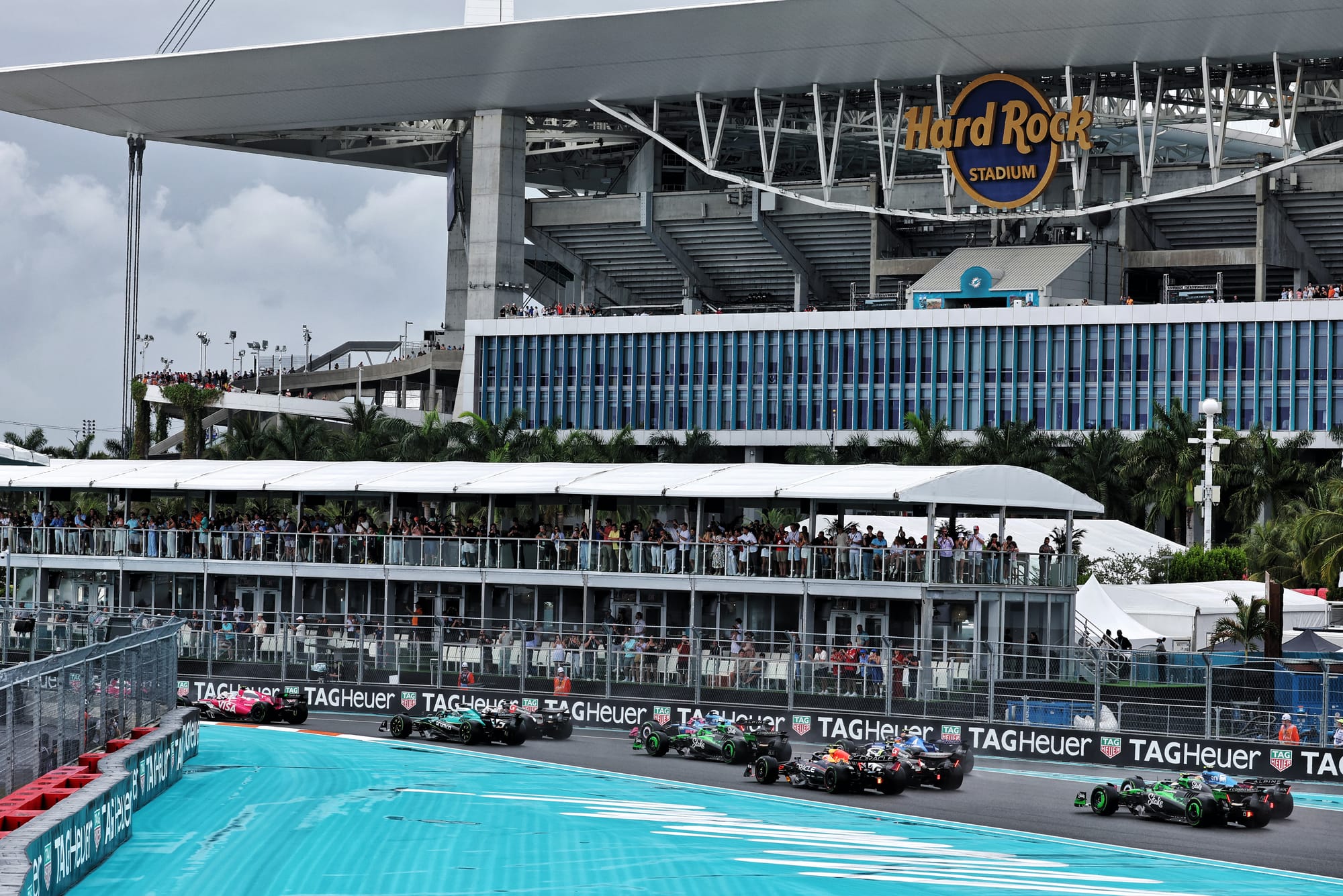
But no matter how much Pirelli works to try to encourage the two-stoppers, the final outcome of strategy choices is one dictated by teams, and their simulation tools and planning have far more resources behind them.
Isola admits that despite all Pirelli does to try to catch teams off guard and force that two-stop route, it is their ultimate ambition to find a way to pull off the one-stop.
“It's a never ending story, because we try to create an issue for the teams and they find their solution,” he said.

“They are in competition, and they must find the best strategy. If the best strategy is managing the tyre and reducing the pace to a one-stop, then they do that.
“So we try to give them something with higher degradation, and they learn how to use it. We go softer, and they understand how to modify the approach. It's funny sometimes, but it is what it is.”
All eyes on Imola to see if Pirelli has finally found a way to force the teams' hands.


